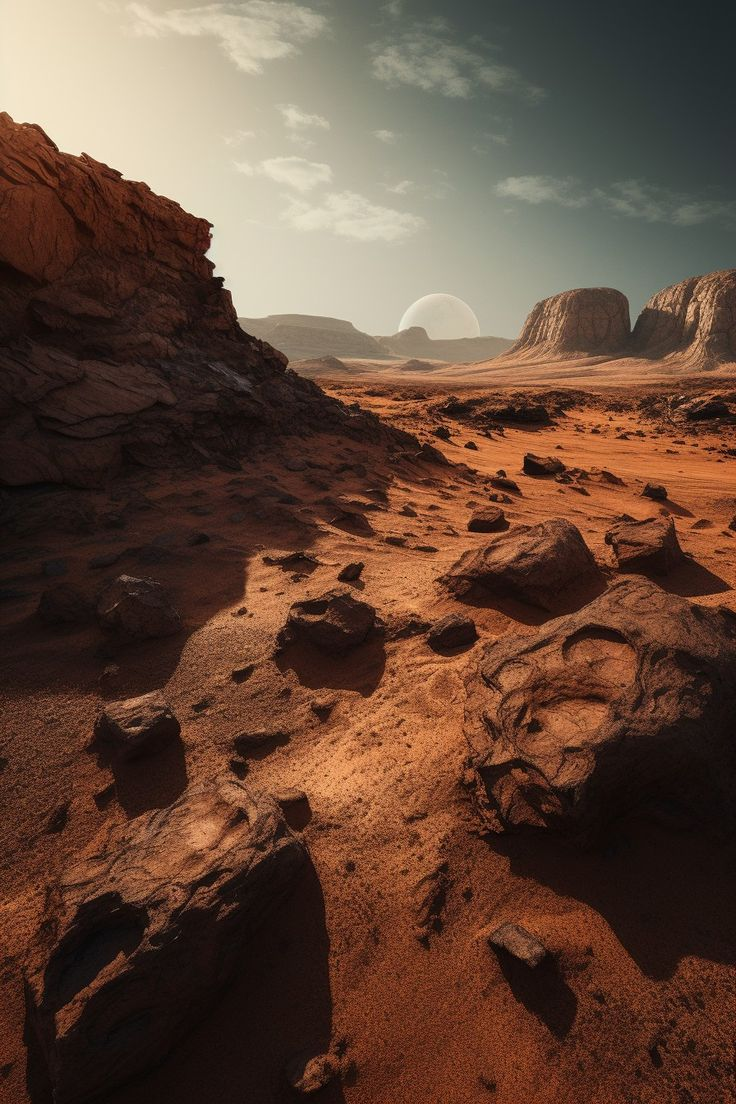The Swift Planet
Mercury, the closest planet to the Sun, is the smallest in the solar system. Known for its extreme temperatures and barren landscape, Mercury has no atmosphere to protect it from solar radiation or retain heat. Despite its harsh conditions, it is a fascinating planet due to its geological features and proximity to the Sun.

1. Atmosphere:
Mercury has an extremely thin and tenuous atmosphere, referred to as an exosphere, composed mainly of atoms ejected from its surface by solar wind and micrometeorite impacts.
Composition: The exosphere is made up of oxygen, sodium, hydrogen, helium, and potassium.Lack of Stability: Mercury’s gravity is too weak to retain a substantial atmosphere, so its exosphere is constantly being replenished and lost to space.No Weather Systems: Without a substantial atmosphere, Mercury has no wind, clouds, or weather as experienced on Earth.
2. Geological Features:
Mercury’s surface is rocky and heavily cratered, resembling Earth’s Moon.
- Impact Craters: Mercury is covered with craters of various sizes, the result of billions of years of asteroid and comet impacts. The largest is the Caloris Basin, stretching about 1,550 km in diameter.
- Plains and Ridges: Intercrater plains and smooth plains are common, formed from volcanic activity and impacts.
- Scarps: Long, curved cliffs, known as scarps, are believed to have formed as the planet’s core cooled and contracted, causing the surface to shrink.
- Iron Core: Mercury has a large iron core that makes up about 85% of its radius, contributing to its relatively high density.


3. Ecosystem:
Mercury lacks an ecosystem due to its extreme conditions and inability to support life as we know it.
- No Liquid Water: While traces of water ice have been detected in permanently shadowed craters at the poles, the planet is too hot and dry for liquid water.
- Hostile Environment: Solar radiation, extreme temperature fluctuations, and lack of an atmosphere make Mercury inhospitable for any known form of life.
4. Weather:
Mercury does not experience weather in the conventional sense due to its lack of atmosphere. However, its environment is dynamic:
Temperature Extremes: Mercury experiences the greatest temperature variations in the solar system, ranging from -180°C (-290°F) at night to 430°C (800°F) during the day.Solar Wind: The Sun’s solar wind interacts with Mercury’s surface, ejecting particles and creating its thin exosphere.No Seasons: Mercury has a minimal axial tilt (about 0.034°), so it does not have significant seasonal variations.


5. Inhabitation:
Mercury is entirely uninhabitable due to its extreme conditions.
- Challenges for Life:
- Lack of a breathable atmosphere.
- Extreme temperature fluctuations.
- High levels of solar radiation.
- No liquid water or organic materials.
- Exploration:
- Mercury has been studied by spacecraft such as NASA’s Mariner 10 and ESA’s BepiColombo. These missions have provided critical insights into the planet’s composition, surface features, and magnetic field.
- Scientific interest lies in understanding planetary formation and the evolution of terrestrial planets.
Mercury’s small size, close orbit to the Sun, and harsh environment make it a challenging yet intriguing planet to study. Its unique geological features and role in the solar system continue to offer valuable lessons about planetary science and the dynamics of rocky worlds.